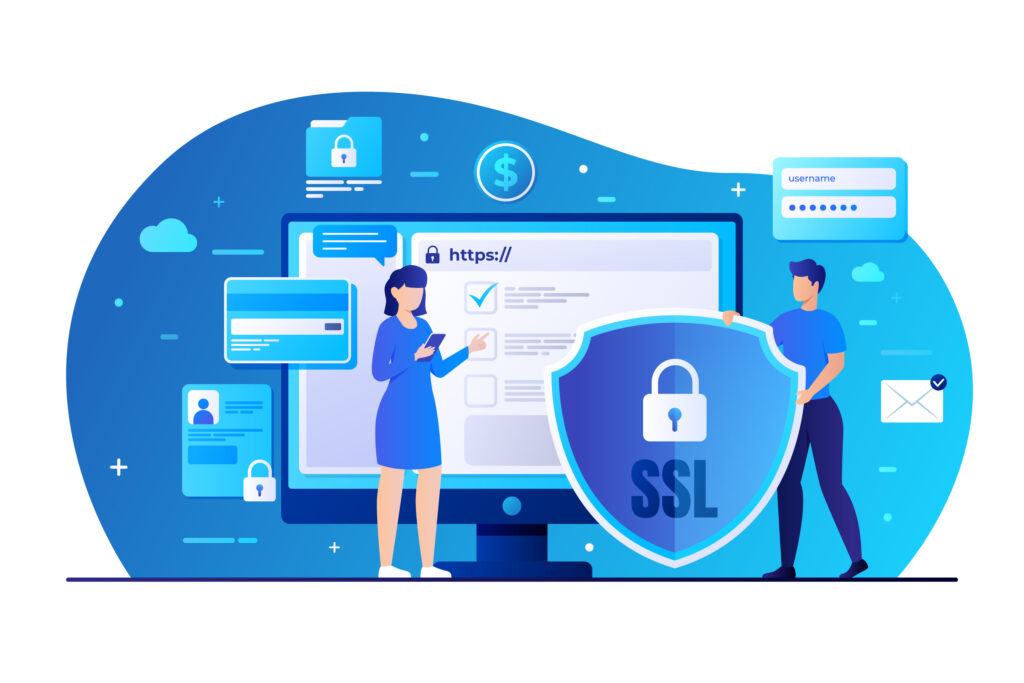In today’s digital age, the internet has become an integral part of our lives, serving as an endless source of information, entertainment, and communication. However, not all websites are created equal, and ensuring your online safety is paramount. With the ever-present risk of cyber threats and scams, it’s essential to know how to distinguish between safe and unsafe websites. By understanding a few key indicators and practicing cautious browsing habits, you can navigate the virtual landscape with confidence.

1. Check the URL and Domain: One of the initial steps in determining a website’s safety is examining its URL and domain. Secure websites often start with “https://” rather than just “http://,” with the ‘s’ indicating a secure connection. Additionally, look for a padlock icon in the address bar, which further signifies encryption and security. Make sure to closely inspect the domain name for any misspellings, extra characters, or variations. Cybercriminals often create fake websites with URLs that resemble well-known sites to deceive users.
2. Evaluate Website Design: Professional and well-maintained websites are usually a good indicator of legitimacy. Reputable organizations invest time and effort into creating user-friendly interfaces that are easy to navigate. Poorly designed websites, on the other hand, could be a sign of a less trustworthy source. Keep an eye out for excessive pop-up ads, cluttered layouts, and inconsistent formatting – these elements might suggest a less-than-reputable website.
3. Verify Contact Information: Legitimate websites usually provide clear and accurate contact information, including a physical address and a working phone number. Be wary of websites that only offer a contact form without any other means of communication. Before making any transactions or sharing personal information, ensure you can reach out to the website’s administrators if needed.
4. Read Reviews and Ratings: Search for reviews or ratings of the website, especially if it involves making purchases or sharing sensitive information. Look for third-party reviews on platforms like Trustpilot, Google Reviews, or the Better Business Bureau. While no website can be free from negative feedback, a disproportionate number of negative reviews or reports of scams should raise red flags.
5. Be Cautious with Personal Information: If a website asks for excessive personal information that seems unnecessary for the task at hand, exercise caution. Legitimate websites typically only require essential details for transactions or account creation. Avoid sharing sensitive information like Social Security numbers, passwords, or credit card details unless you’re certain about the website’s authenticity.
6. Check for a Privacy Policy: Reputable websites usually have a privacy policy that outlines how they collect, use, and protect user data. Take a moment to read through this policy to understand how your information will be handled. If a website lacks a privacy policy altogether, it might not be a safe platform to engage with.
7. Look for Trust Seals: Various online trust seals and certifications indicate that a website has undergone security assessments and follows certain industry standards. Examples include Norton Secured, McAfee Secure, and the Better Business Bureau seal. However, be cautious, as cybercriminals can also imitate these seals. To be sure, you can click on the seals to confirm their validity.
8. Pay Attention to Browser Warnings: Modern web browsers are equipped with security features that can alert you if you’re about to visit a potentially unsafe website. If your browser displays a warning about the website’s security certificate, connection, or reputation, it’s best to steer clear.
9. Watch Out for Too-Good-to-Be-True Offers: Scam websites often lure users with unbelievable offers, discounts, or promises of instant wealth. Exercise skepticism and remember the adage: if it sounds too good to be true, it probably is. Trustworthy websites provide reasonable offers and information without resorting to sensational claims.
10. Educate Yourself: Ultimately, the best defense against unsafe websites is knowledge. Stay informed about the latest online threats, scams, and security practices. Regularly update your antivirus and anti-malware software, use strong and unique passwords, and consider using a password manager to keep your login credentials secure.
In conclusion, the internet offers a wealth of opportunities, but it also harbors risks. Safeguarding your online presence requires a vigilant approach to website evaluation. By considering factors like URL structure, website design, contact information, and security features, you can make informed decisions about the websites you engage with. Always prioritize caution and educate yourself about online security to navigate the digital realm confidently and safely.